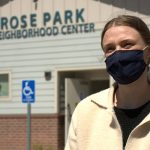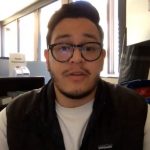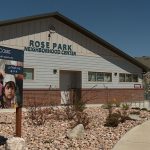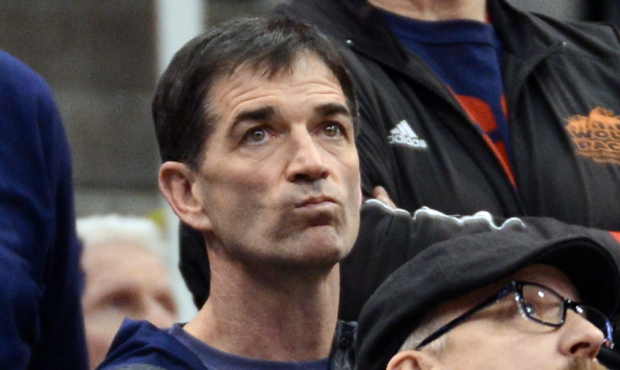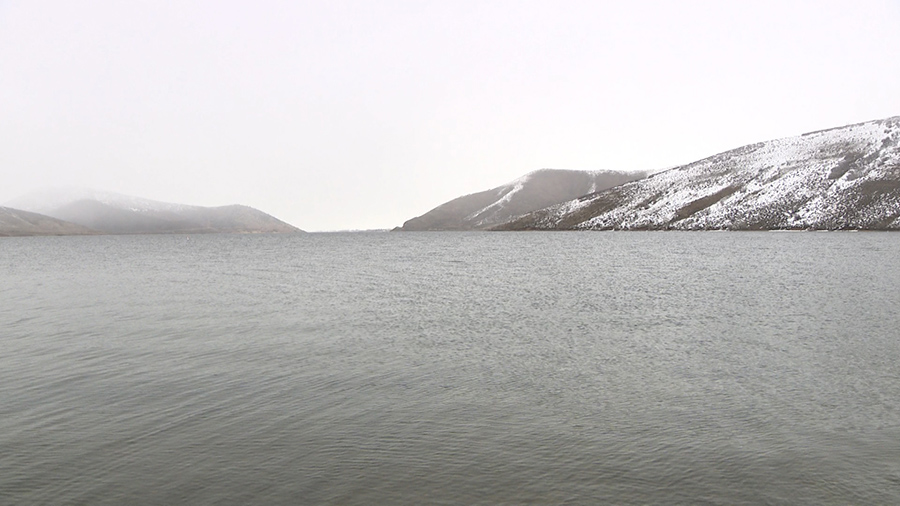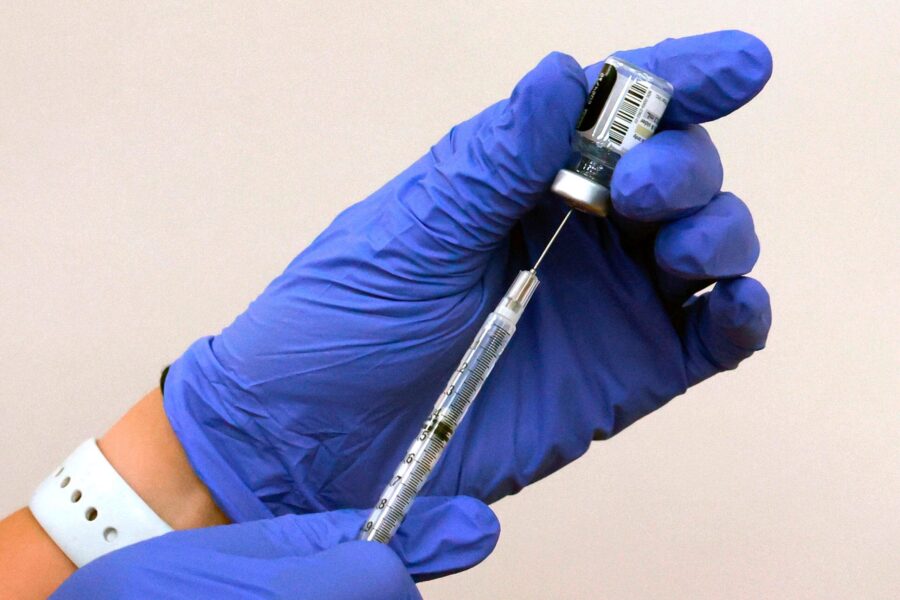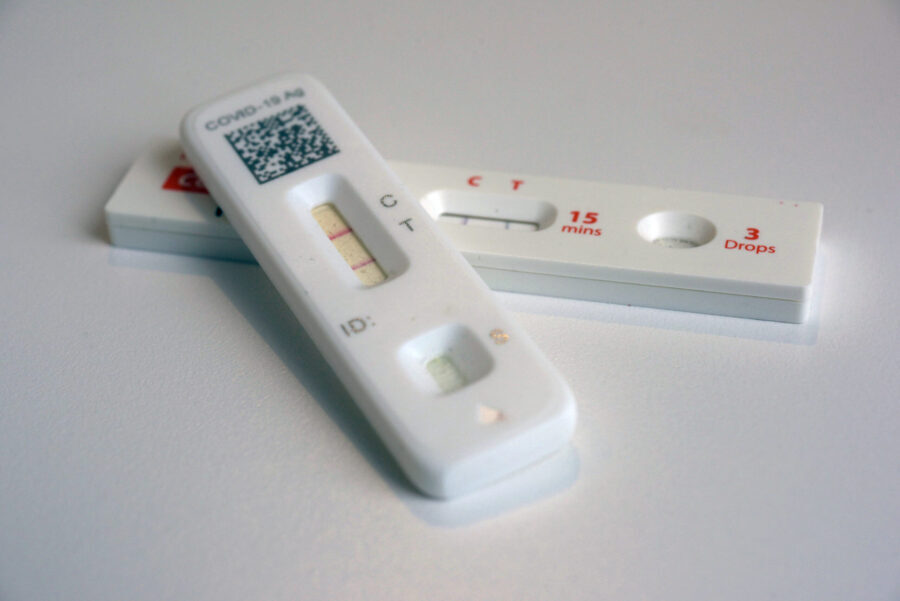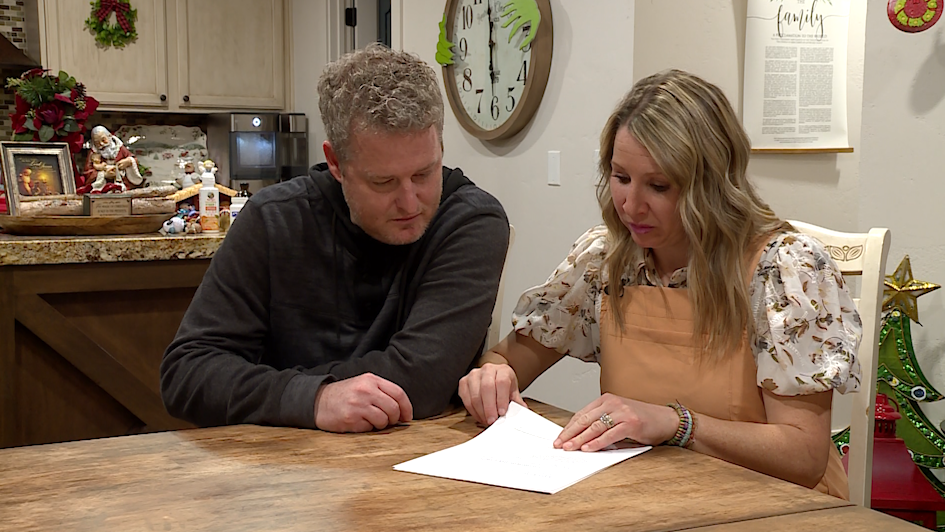Vaccination Rates Lag In Lower Income Salt Lake Neighborhoods
Apr 12, 2021, 6:41 PM | Updated: 7:43 pm
SALT LAKE CITY, Utah – The Salt Lake County Health Department said it’s been difficult to get as many people vaccinated on the west side of Salt Lake City as in other parts of town.
About twice as many shots have been given in areas like the Avenues and East Bench compared to the Rose Park and Glendale communities.
Several groups have tried to step in and help but there are multiple challenges standing in the way. While a lot of people might feel motivated to get to a vaccine site, that drive and confidence in the vaccine aren’t the same for everyone.
Vaccination rates in Rose Park and Glendale are about half that of communities on the east side of Salt Lake. What challenges are still getting in the way, and what community groups are doing to fix it, on @KSL5TV at 6. pic.twitter.com/63yHAMCRUH
— Mike Anderson (@mikeandersonKSL) April 12, 2021
“What’s been the biggest barrier is signing up,” said Maddie Glenn, a social work intern at the Rose Park Neighborhood Center. “There’s a lot of misinformation, but we find that most people are willing to get the vaccine. They want to get the vaccine.”
There were still many obstacles in low-income communities.
“People that maybe don’t have English as their first language or computer literacy skills,” Glenn said.
The Salt Lake County Health Department has held more than 200 pop-up vaccine clinics.
“Some of our community members may not have help to overcome those obstacles to get to our vaccination mega sites,” Glenn said.
Spokesperson Gabe Moreno explained immigrant and refugee community members are among those who don’t trust big government clinics.
Getting the clinics into the neighborhoods has helped.
“These communities that have been underserved,” Moreno said. “They have distrust in the government for good historical reasons,.”
The Rose Park Neighborhood Center has held several informational meetings online to dispel misinformation and show people where they can get help signing up.
“A lot of it’s just access and making it as easy as possible for people to be able to get the vaccine,” Moreno said.
Glenn said there’s still a lot of work to be done in these communities.
There was also a struggle to get first-dose appointments through Salt Lake County, which is booked for the rest of the month.
Tooele and Utah counties had more availability, although both locations are further away. Officials said University of Utah Health and Intermountain Healthcare were additional options.
Coronavirus Resources
Have you or a family member been affected by coronavirus issues in Utah? KSL wants to hear from you. Contact KSL by emailing social@ksl.com.
Click here to sign up for a vaccine and here to see how Utah’s vaccine rollout is progressing.
The latest COVID-19 stories from KSL can be found here.
How do I prevent it?
The CDC has some simple recommendations, most of which are the same for preventing other respiratory illnesses or the flu:
- Avoid close contact with people who may be sick
- Avoid touching your face
- Stay home when you are sick
- Cover your cough or sneeze with a tissue and then throw the tissue in the trash
- Wash your hands often with soap and water for at least 20 seconds, especially after going to the bathroom, before eating, and after blowing your nose, coughing or sneezing. Always wash your hands with soap and water if your hands are visibly dirty.
- If soap and water are not readily available, use an alcohol-based hand sanitizer with at least 60% alcohol.
The CDC recommends wearing cloth face coverings in public settings where other social distancing measures are difficult to maintain (e.g., grocery stores and pharmacies), especially in areas of significant community-based transmission.

